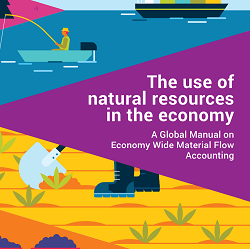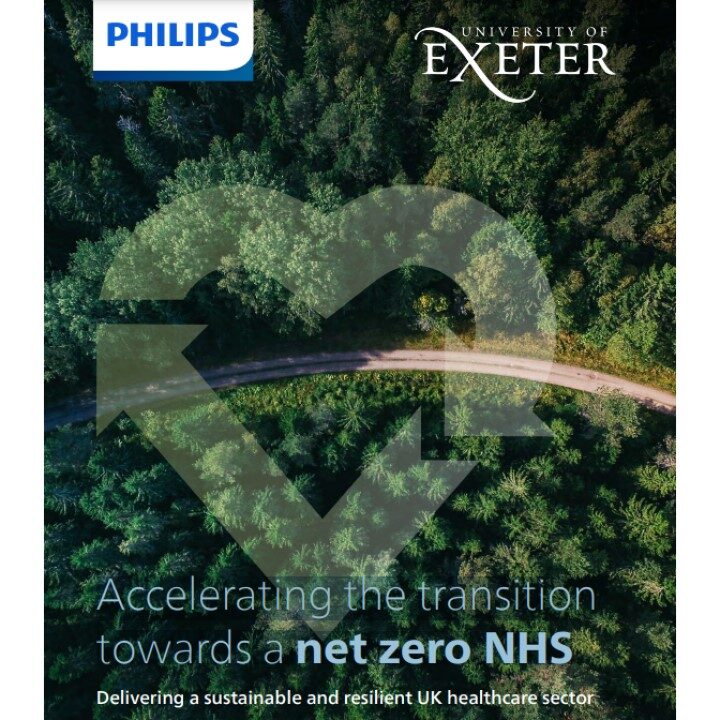2019, World Economic Forum
A Global Manual on Economy Wide Material Flow Accounting
2021, UNEP International Resource Panel
Material flow accounts provide a statistical framework measuring natural resource extraction, trade in natural resources, waste disposal and emissions. Domestic material consumption and material footprint, including by extraction type (biomass, fossil fuels, metal ores and non-metallic minerals), are seen as a proxy for overall environmental pressure within a national economy and the impact of a national economy on the environment. MFA data sets and indicators are part of the work programme of a growing number of national statistical offices globally and the global application of Economy Wide -MFA accounts in national statistics has required the creation of a global guidance manual.
This document builds upon the existing experiences of compiling economy-wide material flow accounts in Europe and provides global guidance on compile material flow accounts which can be used by national statistical systems around the world. The UNEP IRP MFA Database is used as a basis in the Manual.
Some key features of the global EW-MFA manual are as follows:
It presents a modular approach to EW-MFA accounting to allow national statistical offices with different levels of capability in accounting to establish the accounts
It addresses specific issues of resource-extractive economies and subsistence economic activities which are more prevalent in developing countries
It favours practicality before detail and focuses on such methods that allow statisticians to capture the important aspects of material throughout in their economy
It also aims to establish a connection between the EW-MFA accounts established, and the environmental and economic policy questions that can be informed by using EW-MFA based data sets and indicators.
The global EW-MFA manual is structured into eight chapters.
Chapter 1 focuses on general accounting principles, the relationship to other accounting systems; it describes common data sources for EW-MFA accounts and introduces the main structure of the manual.
Chapter 2 presents the core of any EW-MFA account, namely the domestic extraction of materials – biomass, fossil fuels, metal ores, and non-metallic minerals.
Chapter 3 describes the accounting principles and specific issues that occur when establishing material accounts for the trade of goods.
Chapter 4 focuses on material outflows (from the economy to the environment) such as e.g. waste disposal and emissions and builds a bridge to important environmental policy issues of pollution and toxicity.
Chapter 5 integrates the input and output sides of EW-MFA accounts in a material flow balance.
Chapter 6 presents headline indicators from EWMFA accounts which are most commonly used by the policy community.
Chapters 7 and 8 discuss additional aspects of EW-MFA: material footprint accounts and material stock accounts.







